We reached Nagarkot in the afternoon... the drive out of Thamel in Khatmandu was tedious as lanes very narrow... we had to pass through Bhaktapur whose Durbar square we were keen to visit too...
The pix below are of our Nagarkot stayNagarkot is famous for its sun rise and sunsets and trekkers like to walk its trails...
We .,666spent the night at the edge of the hills... at the Edge
since it was hazy we could barely see sun set or sun rise...
Valley view from our hotel
That's my daughter...
Tree chair... too small to be called tree house...
our room with a balcony and a view
Sun set time... on our hotel's terrace
some Tyre burned whilst going up...
Bhaktapur (info from Google)
The Durbar Square is a generic name for the Malla palace square and can be found in Kathmandu and Patan as well. The one in Bhaktapur was considered the biggest and the grandest among the three during its independency but now many of the buildings that once occupied the square has been lost to the frequent earthquakes. During its height, Bhaktapur Durbar Square contained 99 courtyards but today hardly 15 of these courtyards remain. The square has lost most of its buildings and courtyards to frequent earthquakes, particularly those in 1833 and 1934 and only a few of the damaged buildings were restored.
Detailed information and pictures can be found in : https://www.bhaktapur.com/
We started our downward journey at 10 am... reached under the hour ... found a guide to take us around the Durbar ... his charges were NR 1300... Took us close to 2 hrs.to see the place was a nice big walk into the past with some history lessons too.
The tickets cost us NR 150 pp and if you want to visit the museum it's an additional NR 50 for Indian citizens.
as you enter the first view
Ugrachandi and Ugrabhairab — Near the main gate at the west end, one can admire a pair of multiple-armed statues of the terrible god Ugrabhairab and his counterpart Ugrachandi, the fearsome manifestation of Shiva's consort Parvati. The statues date back to 1701 A.D. and it is said that the unfortunate sculptor had his hands cut off afterward, to prevent him from duplicating his masterpieces. Ugrachandi has eighteen arms holding weapons, and she is in the position of casually killing a (Buffalo) demon. Bhairab has twelve arms and both god and goddess are garlanded with necklaces of human heads.
Simhadhwaka Durbar:
This palace built by King Bhupatindra Malla in the 17th century houses the National Art Museum which is a great collection of Medieval and Licchvai arts. This palace was named after the statues of a pair of lions guarding its entrance. There are also two large statues of the Hindu god Narsimha.
The Palace of Fifty-five Windows(
𑐒𑐾𑐒𑐵𑐥𑐵 𑐗𑑂𑐫𑑅 𑐮𑐵𑐫𑐎𑐹
Nge Nyapa Jhya Laaykoo, Devanagari: ङेङापा झ्यः लायकू, ) was built during the
reign of the Malla King
Bhupetindra Malla who ruled from 1696 to 1722 AD and was not complete until 1754 AD during the reign of his son
Ranajit Malla.
[14]
Snake carvings are integral in the king's palace ... they are considered as protectors of the king ...
the main temple where the Kul devi of Bhaktapur resides...
"
Lun Dhwākhā", Devanagari:लुँ ध्वाखा, Prachalit:
𑐮𑐸𑑃 𑐢𑑂𑐰𑐵𑐏𑐵, (The Golden Gate)" is said to be the most beautiful and richly molded specimen of its kind in the entire world. The door is surmounted by a figure of the
Hindu goddess
Kali and
Garuda (mythical griffin) and attended by two heavenly nymphs. It is embellished with monsters and other
Hindu mythical creatures of marvelous intricacy.
Percy Brown, an eminent English art critic and historian, described the Golden Gate as "the most lovely piece of art in the whole Kingdom; it is placed like a jewel, flashing innumerable facets in the handsome setting of its surroundings." The gate was erected by King Ranjit Malla and is the entrance to the main courtyard of the palace of fifty-five windows.
[16]
This
Sikhara style temple dedicated to the tantric Goddess Siddhi Lakshmi was built in the 17th century. Statues of various creatures like camels, rhinos, horses and some mythical creatures guard the entrance to this temple.
Nyatapola in
Newari language means five stories - the symbolic of five basic elements. This is the biggest and highest
pagoda of Nepal ever built with such architectural perfection and artistic beauty. The temple's foundation is said to be made wider than its base. The temple is dedicated to the goddess Shiddhilaxmi. Those statues lined up on the 2 sides of the staircase are built as guardians of the temple and the residing goddess, which we can see in five layers from the base of temple. It is said that it took three generations to complete that temple.
The Durbar Square was severely damaged by the earthquake in 1934 and hence appears more spacious than the others, in Kathmandu and Patan.[17]
Originally, there were 99 courtyards attached to this place, but now only 6 remain. Before the 1934 earthquake, there were 3 separate groups of temples. Currently, the square is surrounded by buildings that survived the quake.[17]
All the above info on Bhaktapur is from Google ji
Pix are all mine.
Narrow lanes where 2 wheelers zoom
pottery square
I asked if I could take their pix
they were happy to smile for my camera
view from museum window
Pooja time
Lunch time
wood carvers
shopping time
Daroo time
















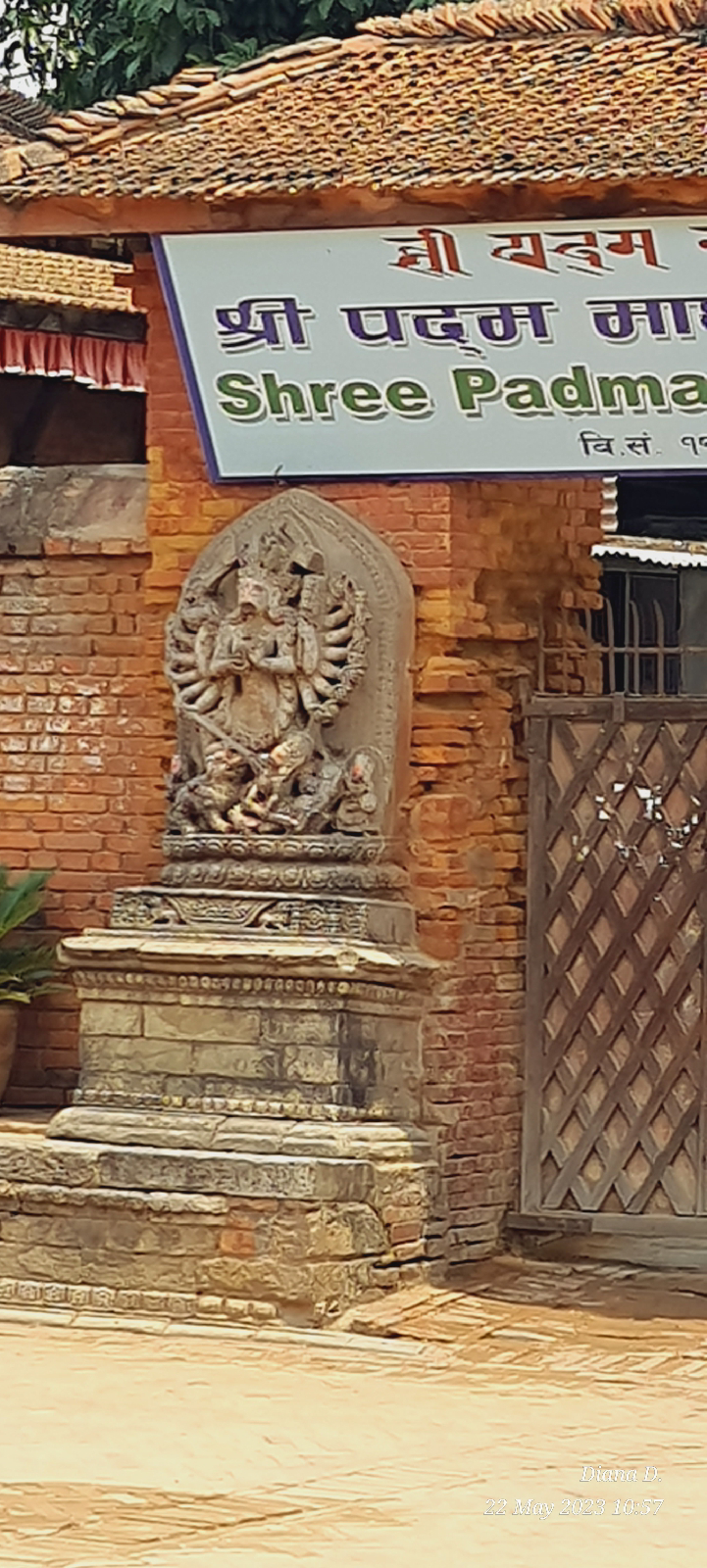








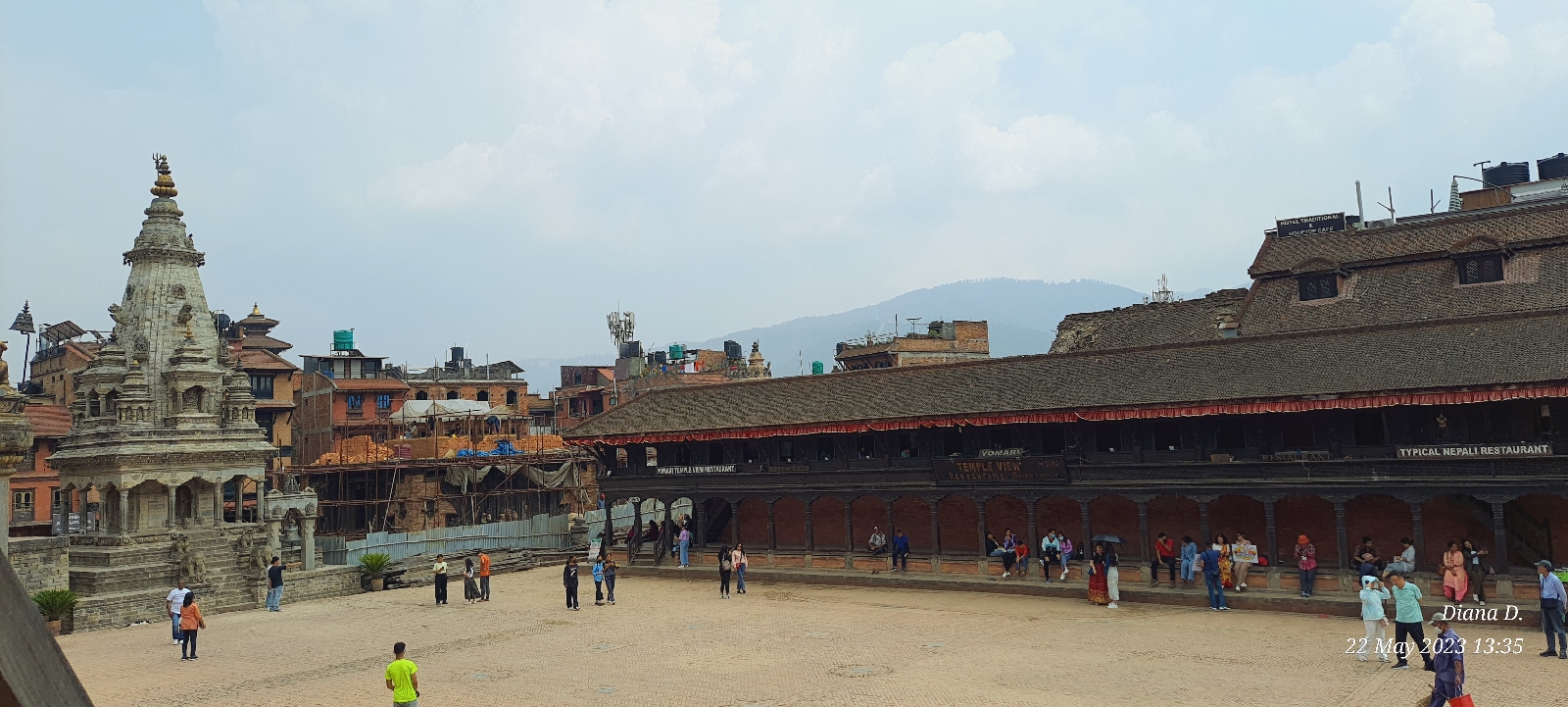





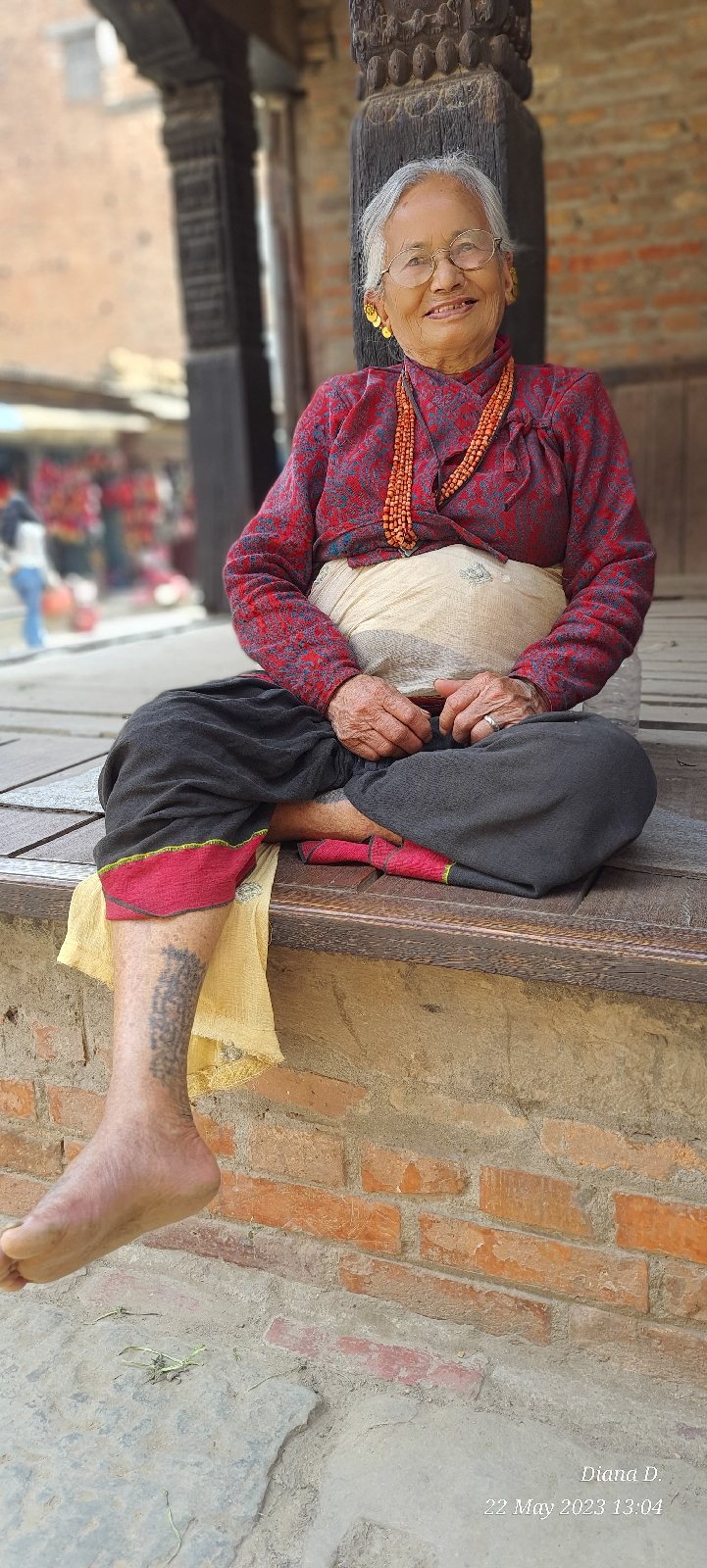

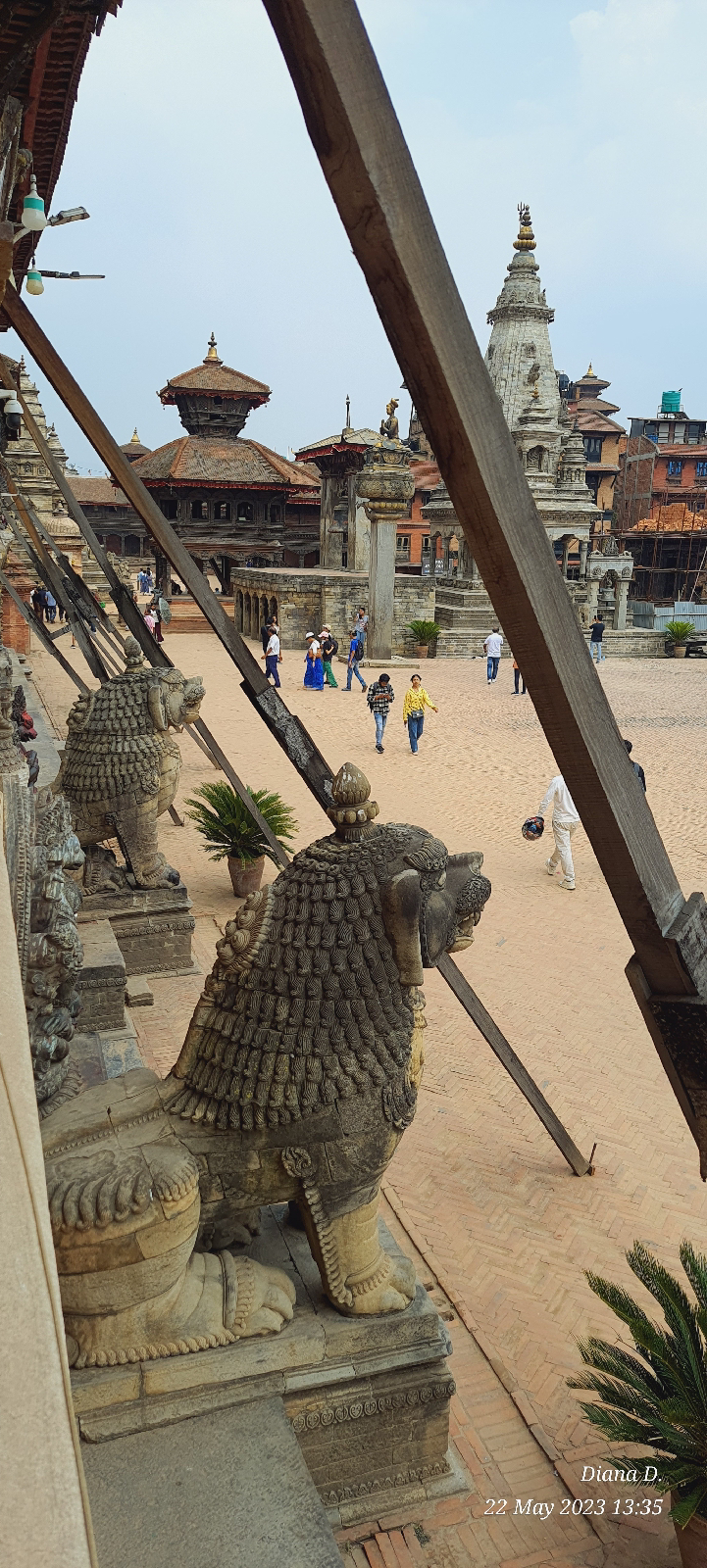





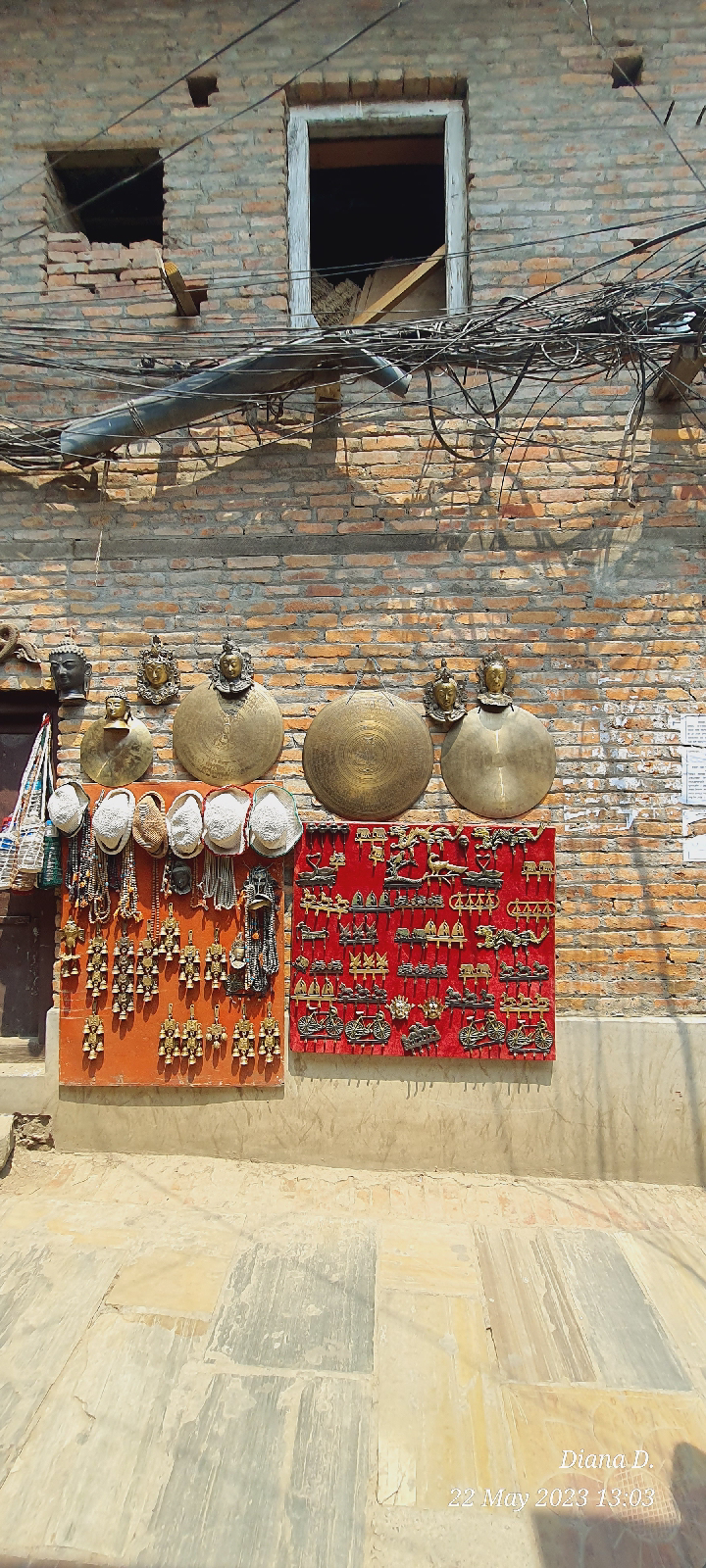





Lovely photos. Kelsang
ReplyDeleteThanx
ReplyDelete